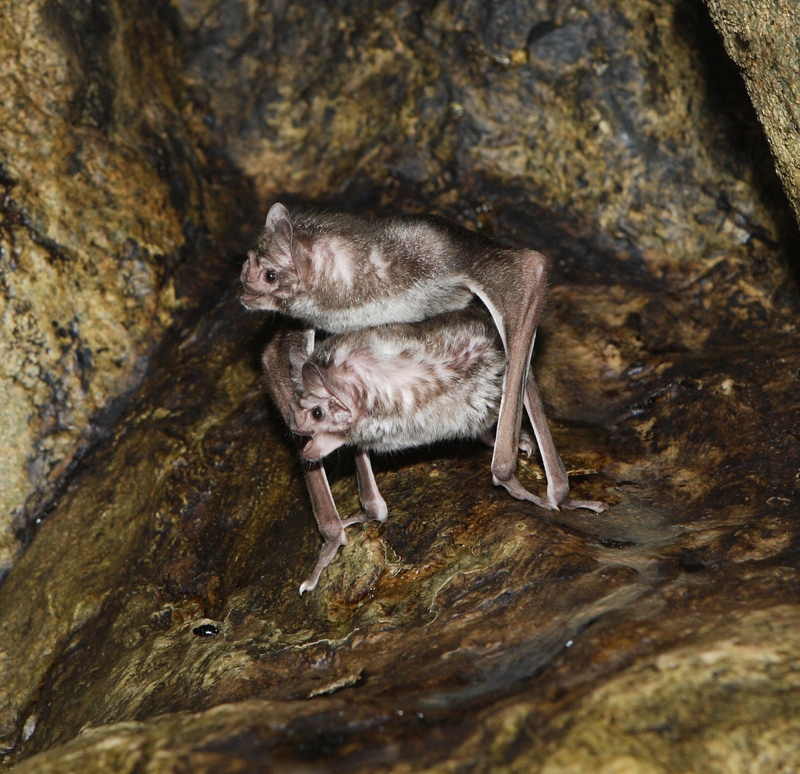Animal Sex: How Bats Do It

More than 1,200 species of bats exist today, representing about 20 percent of all mammal species in the world. And given they are the only mammals able to fly, bats have some unique mating behaviors not seen in other mammals.
To start, the location and timing of mating varies greatly between bat species, explained biologist John Altringham, author of the book, "Bats: From Evolution to Conservation" (Oxford University Press, 2011).
Bats living in temperate regions usually migrate from their summer habitat to their winter hibernation sites, called hibernacula, where breeding occurs. They mate in the late summer and early autumn, and the females store the males' sperm until the next spring. Bats living in warm tropical regions don't migrate — their mating patterns follow the seasonal variation in food supply.
How bats attract and choose mates is equally diverse.
For those hibernating species, males and females meet for the first time that year in the hibernacula. "Bats 'swarm' around in huge numbers, chasing each other and performing spectacular aerobatics," Altringham told LiveScience. It's not clear how the bats choose their mates, but it may be the case that females seek out the most agile males. During the swarming event, breeding pairs will go off to secluded spots in the cave to mate in private.
Other species, such as horseshoe bats, are more discrete in their courtship and don't form swarms — the females visit males at their individual roosts.
Arboreal bats have their own way of doing things. Male hammer-headed bats, which have an enlarged larynx and nasal cavity, line up in trees along the riverbank and try to woo passing females by "honking" at them. Male sac-winged bats, on the other hand, hover in front of females to waft enticing pheromones and demonstrate their flying prowess, Altringham said.
Get the world’s most fascinating discoveries delivered straight to your inbox.
For some species, mating takes place upside down, whereas other species mate on cave walls or in rock crevices. The male takes hold of the female from behind and inserts his penis into her vagina — this encounter can be brief, or long and noisy.
Researchers have found that female short-nosed fruit bats perform oral sex on their mates to prolong the act; male Indian flying foxes do the same thing to females.
Most species of bats are promiscuous and will mate with multiple partners. In some cases, one or two males will acquire and defend a small harem of females.
A few species are even monogamous, and the entire family will roost in a group once the children are born. These monogamous bats — which include the spectral bat, the largest carnivorous bat in the world — are the only species in which the males stick around to help protect and feed the young.
Follow Joseph Castro on Twitter. Follow us @livescience, Facebook & Google+.

